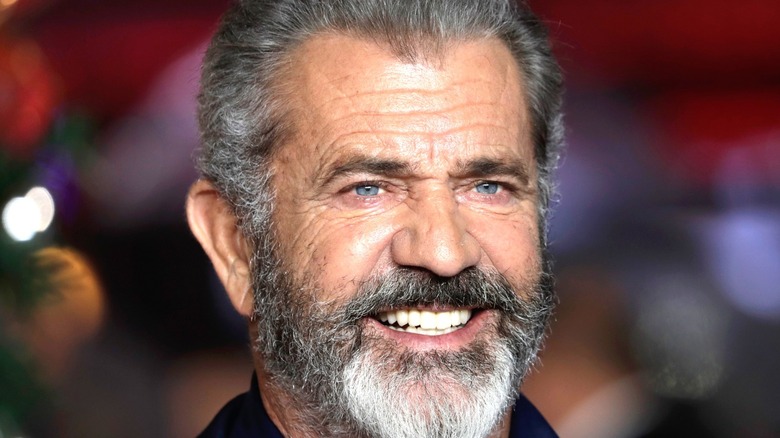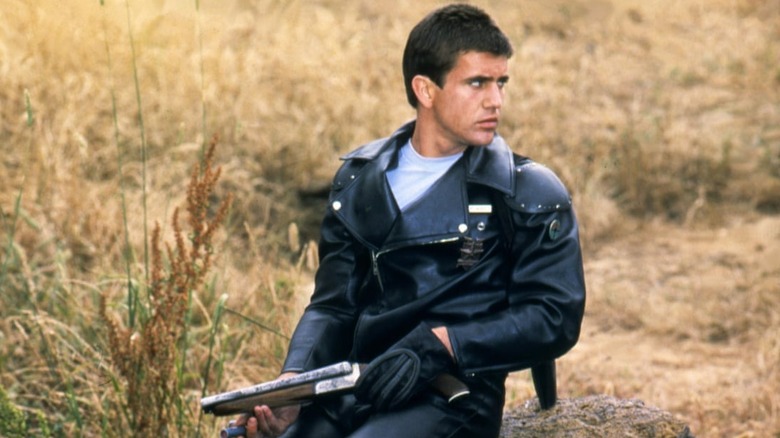The Role That Changed The Course Of Mel Gibson's Career Forever
Mel Gibson may be one of the more controversial figures working in show business today, but there's still no denying his status as a Hollywood legend. From his iconic turn as William Wallace in 1995's "Braveheart" to the "Lethal Weapon" series, "Ransom," "Signs," and more, Gibson has been turning in memorable performances for almost half a century and, at one point, was one of the film world's most bankable stars.
Gibson is also an acclaimed director, having won an Academy Award for his work behind the camera on "Braveheart." He was also responsible for helming "The Man Without a Face," "Hacksaw Ridge," "The Passion of the Christ" and "Apocalypto."
However, the world may never have come to know Gibson on the big screen if not for his casting in a certain 1979 dystopian action-thriller directed by George Miller. Namely, "Mad Max," which told the story of a cop-turned-vigilante in a near-future Australia who singlehandedly takes out a motorbike gang after they kill his wife and infant child. As wild as it is that this particular movie made him a star — and went on to become a cult classic — the story of how he landed his role as Max is even wilder.
Gibson's unlikely Mad Max casting
Although Gibson has that undeniable movie star look, that particular attribute wasn't immediately obvious to the producers of "Mad Max." In fact, the only reason he was considered for a part was because of his rough appearance (at the time) when he drove an actor friend to his audition for the film.
"I actually dropped a friend off because he'd been called in for an audition ... I waited for him in the waiting room with the girls at the casting agency, but I'd had a very bad weekend," Gibson told Shout! Factory, via its ScreamFactoryTV YouTube channel. "I got into a brawl and I didn't come out looking too pretty. I sort of took on half a rugby team and it was just — it didn't work out too well on my end."
Gibson noted that his face was "every color of the rainbow" and that the casting agency took Polaroids of his beaten-up face because they needed "freaks" in the film. He was then given instructions to return for an audition once he had healed up. When he did, though, people were dumbfounded by the transformation, which ended up paying dividends for Gibson. "They sent me in and I talk to George Miller and he just kind of gave me the part right there," he said. "It was real weird."
Regardless of how it all went down, the end result was Gibson getting the part, which springboarded him into his legendary career.

